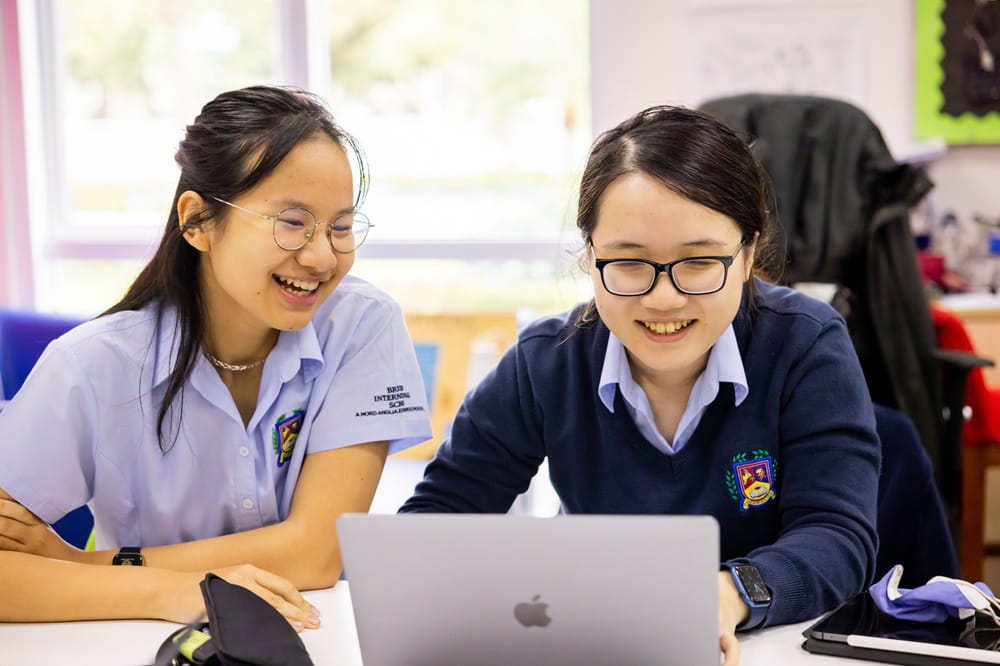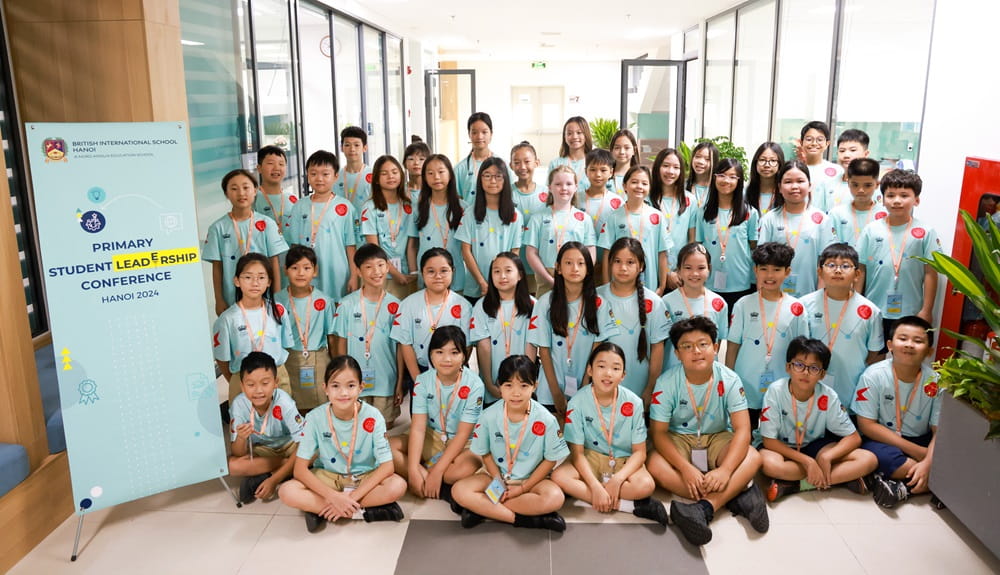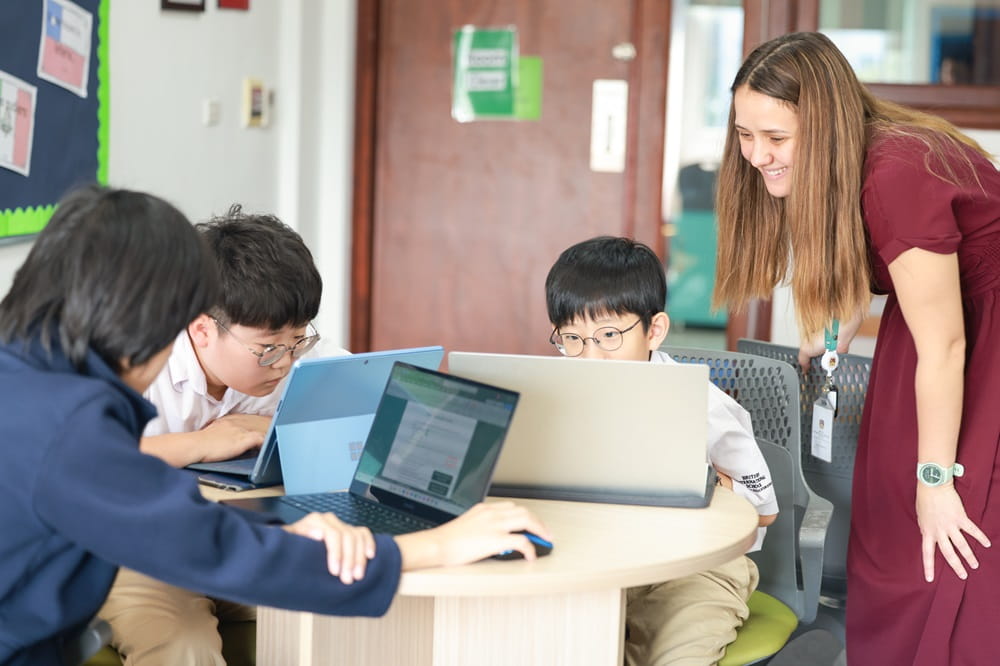Multilingual Learners Course at BIS Hanoi
We at BIS Hanoi strongly believe that having a low proficiency in English doesn’t mean that students are unable to complete cognitive challenges in the classroom. Therefore, through the new Multilingual Learners Course, we are finding ways to empower our students and promote multilingual learning within our classrooms to help them power up their classroom learning.
At BIS, multilingual learning doesn’t mean that students talk all day in their first language. However, it allows students to tap into their first language when it is necessary. Not only does this allow students to support their understanding and critical thinking, but it also affirms their cultural identity and helps our students build relationships with each other.
 Attending the Multilingual Learners Course in Term 1 allowed me to dedicate weekly time to reflect on my teaching practise and learn about new techniques to use in my classes. Among all the strategies used in the course, a personal favourite of mine has been the use of structured listening grids. Listening is a difficult skill to master due to the variety of accents, unknown vocabulary, and rate of speech. However, these grids have allowed students in my classroom to focus on key information instead of being expected to understand every single word. The great thing about these listening grids is that they allow students to be in control of what they record in the box, and the outcome will be different for each student.
Attending the Multilingual Learners Course in Term 1 allowed me to dedicate weekly time to reflect on my teaching practise and learn about new techniques to use in my classes. Among all the strategies used in the course, a personal favourite of mine has been the use of structured listening grids. Listening is a difficult skill to master due to the variety of accents, unknown vocabulary, and rate of speech. However, these grids have allowed students in my classroom to focus on key information instead of being expected to understand every single word. The great thing about these listening grids is that they allow students to be in control of what they record in the box, and the outcome will be different for each student.
| I can see |
Children’s thoughts |
| Reasons why |
Questions you would ask the children? |
Another useful strategy is Sequencing. In this task, students are provided with a range of sentences or pictures, which they have to try to put into order. This strategy allows students to develop their communication skills as they discuss which sentence or picture should go where and why.
How we proactively use of students first languages in the classroom
As a whole school teacher, I have exciting opportunities to walk through a range of classrooms and see proactive use of students first languages in the classroom. Mrs. Lucy Sudworth (Teacher of Year 1) has been creating a language wall with pictures and key words from the story being read to the class with vocabulary in her student’s first language. This has also been taking place in our Secondary school by Mrs. Joanna Shepley Clarke in her English lessons. By allowing for the use of translanguaging in our classrooms, we are educating and nurturing the whole child instead of seeing that child as a second language learner.

Reflecting on this course and the research I have read has allowed me to use a range of activities within my lessons to support my learners in their English development.
This year, we have also been able to hold more events within the school to help students develop their English outside of the classroom. We have had a range of assemblies, including house assemblies run by the House Captains to promote the use of translanguaging and cultural empathy. The Co-Curricular Activities programme also gives students the opportunity to use English as a medium to make new friends and try new activities. The International Week held in 2022 allowed us to celebrate every nationality, identity, and culture within our school. Finally, the school library contains books in a range of languages, with the Japanese books being a hit among all students, as well as parent readers joining the primary school during Book Week to read students a book in their first language.
As you can see, the staff at BIS is working hard to use and trial a range of strategies both inside and outside of their classrooms to help every student access their school day. The school is excited to graduate more staff members from the Multilingual Learners Course so that we can continue to develop ways to cross-cut our student, school, and community cultures.
Ms. Lydia Finch
Teacher of MFL







